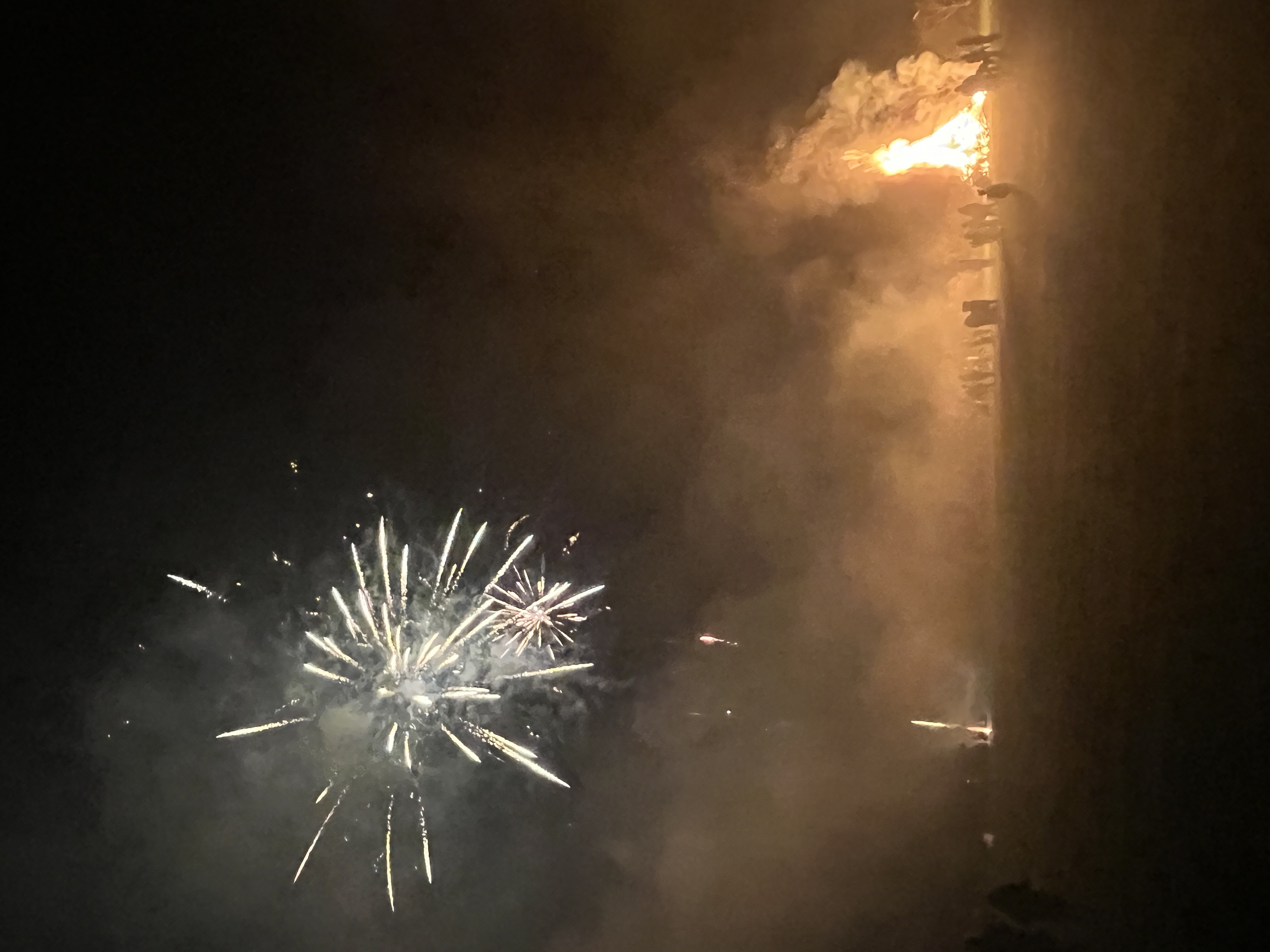B4
Cards (24)
- What type of reaction is photosynthesis?
- What is transferred to chloroplasts during photosynthesis?
- What are the reactants of the photosynthesis reaction?
- What are the products of photosynthesis?
- What is respiration in the context of plants?
- What are the four uses of glucose in plants?
- What factors can increase the rate of photosynthesis?
- What is a limiting factor in photosynthesis?
- What happens to enzymes involved in photosynthesis at high temperatures?
- What does the inverse square law relate to in photosynthesis?
- What happens to light intensity when the distance from the light source is doubled?
- What are the benefits of using greenhouses for photosynthesis?
- What type of respiration is the most efficient?
- What is the equation for aerobic respiration?
- What is anaerobic respiration?
- What is produced during anaerobic respiration in muscle cells?
- What are the products of anaerobic respiration in yeast?
- What is fermentation in yeast?
- What is metabolism?
- What happens to energy needs during exercise?
- What physiological changes occur to meet increased oxygen demand during exercise?
- What is oxygen debt?
- What happens to heart rate and breathing rate after vigorous exercise?
- How does the liver help with lactic acid after exercise?
